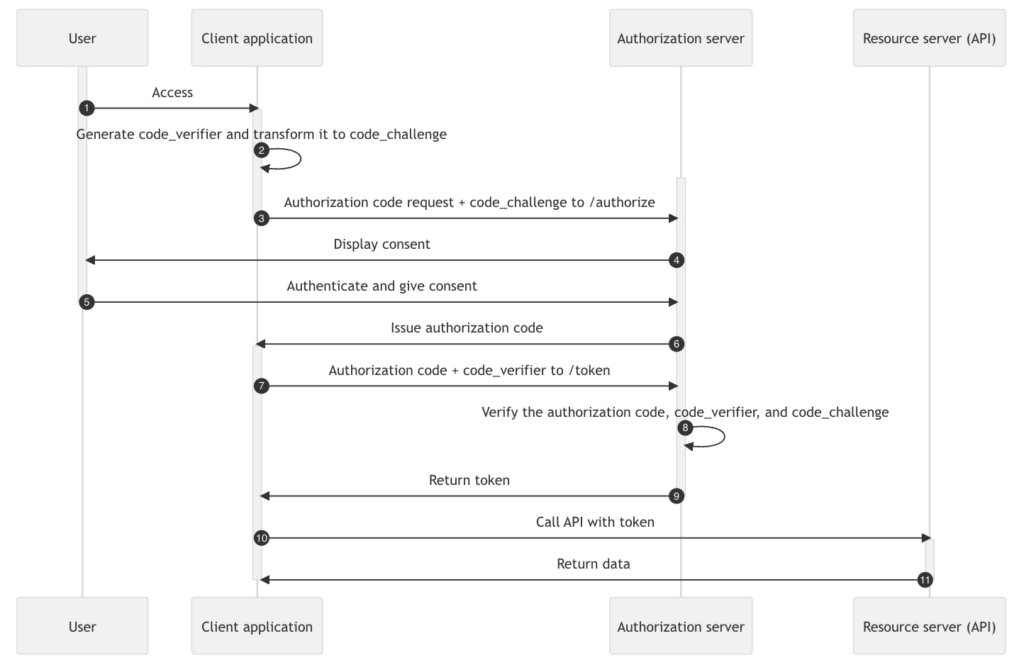
Protect against malicious access, account takeovers, denials of service, etc. — all whilst surfacing the analytic data for evolving attack detection and prevention.
Safeguarding from attack is key to mitigating the vulnerabilities that can seriously damage both your brand and your reputation.

Hi, I’m Peter Fernandez, and as a CIAM expert, I want to share my experience building modern Protection mechanisms into modern applications.
Prevent
Reducing the surface for attack is key to mitigating vulnerability. Protecting CIAM workflows, particularly Login and other user interactions, from the various efforts of bad actors is key. After all, the consequences of the numerous opportunities for malicious targeting could be catastrophic to your business.
Detect
To reduce the surface for any attack, however, you first need to understand the various attack vectors and know when you’re being targeted. Protecting a system is all very well and good, but without effective detection, you could be causing your users needless friction, potentially doing more harm than good.
Monitor
As detection is key to prevention, the ability to monitor your CIAM integration — either continuously, periodically, or preferably some combination of both — is key to ensuring that your efforts to reduce attacks are working, helping protect your application(s) and safeguard your users.
Attack Vectors
Malicious attacks are numerous, and bad actors are creative in their approach. Safeguarding against the various attack vectors is critical and includes:
- Brute-force Protection
- Breached Password Detection
- Suspicious IP Throttling
- Man-in-the-Middle
- Phishing
- etc.
Audit
Having timely, accurate insights is empowering, helping you deliver the timely value critical to protecting your application(s), your business, and your users. If you’ve ever heard the expression, “You don’t know what you don’t know”, then you’re probably already aware that if you don’t have access to all the usable data, you won’t even realise how much information you’re missing.
Remediation
Whilst proven approaches help when it comes to delivering effective attack protection, implementing them is not always straightforward, especially when bad actors are getting ever more creative in developing new attacks and attack variations. Keeping up with an ever-changing threat landscape is a challenge, let alone staying ahead of the curve.
Buy vs DIY
You could build an in-house custom solution yourself…it’s certainly an option. Particularly if you have a team with the time, capacity, knowledge, and expertise to develop SSO; deploy and maintain Attack Protection; leverage OIDC and/or SAML for Authentication, Social and/or (Enterprise) Federation; implement Passwordless, Passkeys and/or MFA, and/or optionally OAuth 2.0 for API Authorization.
The alternative is to integrate with a SaaS solution provided by one of the popular vendors, and the cost of subscribing to one of these typically depends on the features you use and the number of active consumer identities you have.
With vendor-based CIAM, the cost is typically associated with the platform hosting the backend service(s) that deliver Authentication, Authorization, Management and Protection from attack. With consumer-oriented software, much of this infrastructure is already in place: cloud-based “compute”, database, network resources, etc., could be a necessity for your solution, and delivering these at scale may be something you also need to do.
Deploying a standards-based open-source DIY solution within your existing infrastructure might provide a more cost-effective approach, delivering secure and robust CIAM without the need to build everything yourself and with the added benefit of more flexibility and control.
Questions? Comments?
Feel free to reach out!




























